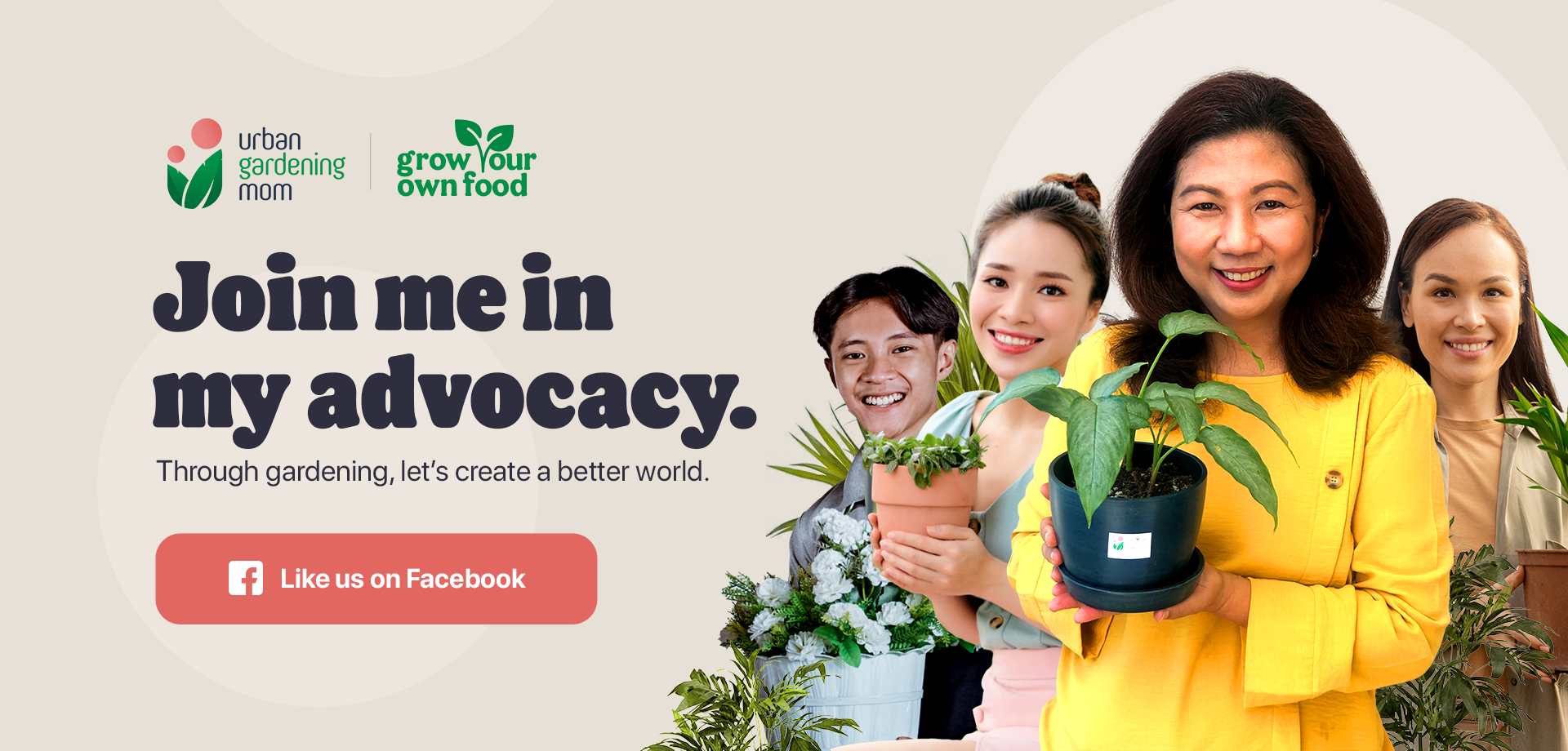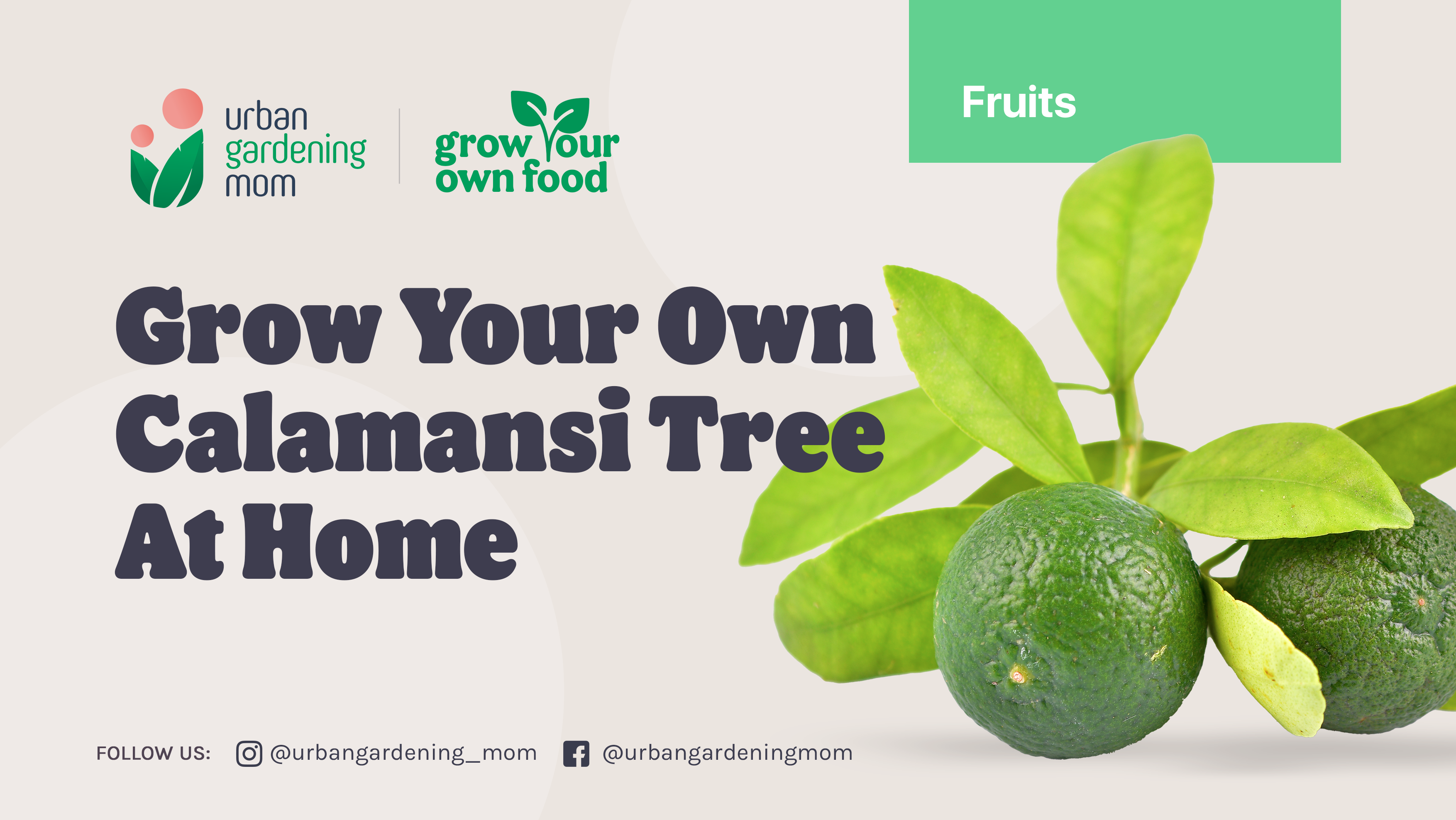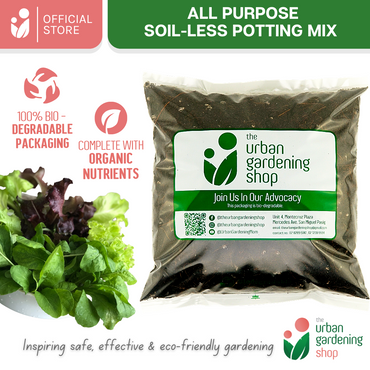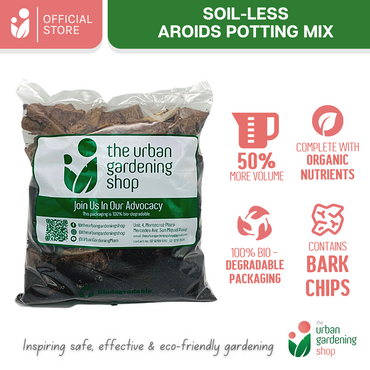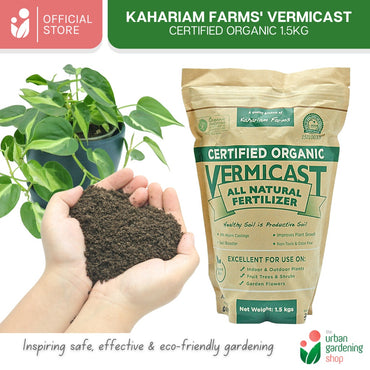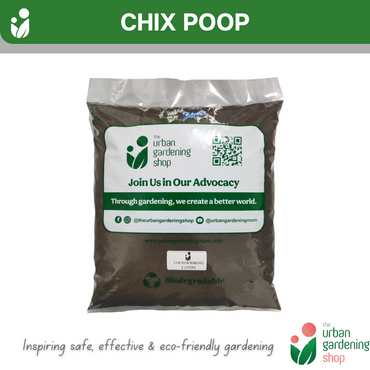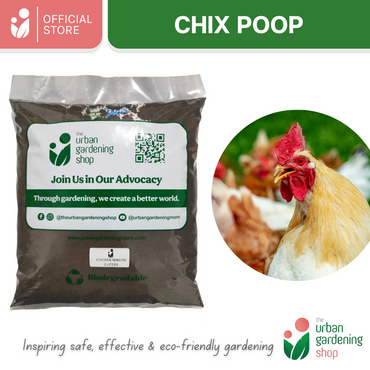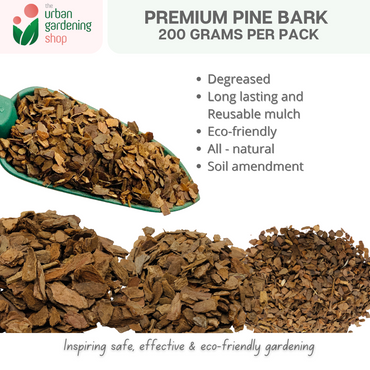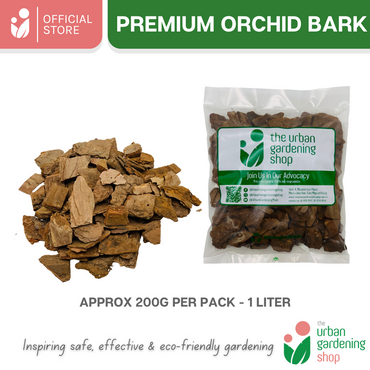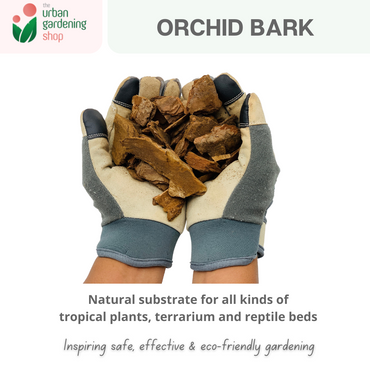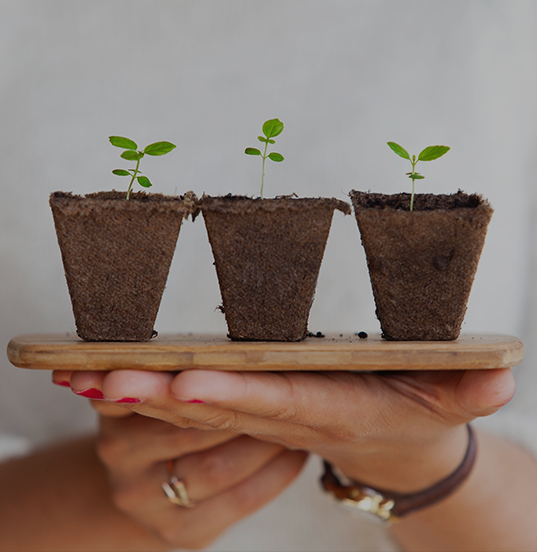
Discover our handpicked selection of best-selling garden care products that will breathe life into your plantscape. From our premium-quality potting mix to organic plant nutrients and pest control solutions, each... Read more
- August 14, 2023
- 0 Comment(s)
Also known as calamondin in other countries, the calamansi is a popular ingredient in a lot of Filipino dishes. Like lemon in western cuisine, Filipinos add its sour juice... Read more
- June 27, 2022
- 7 Comment(s)

